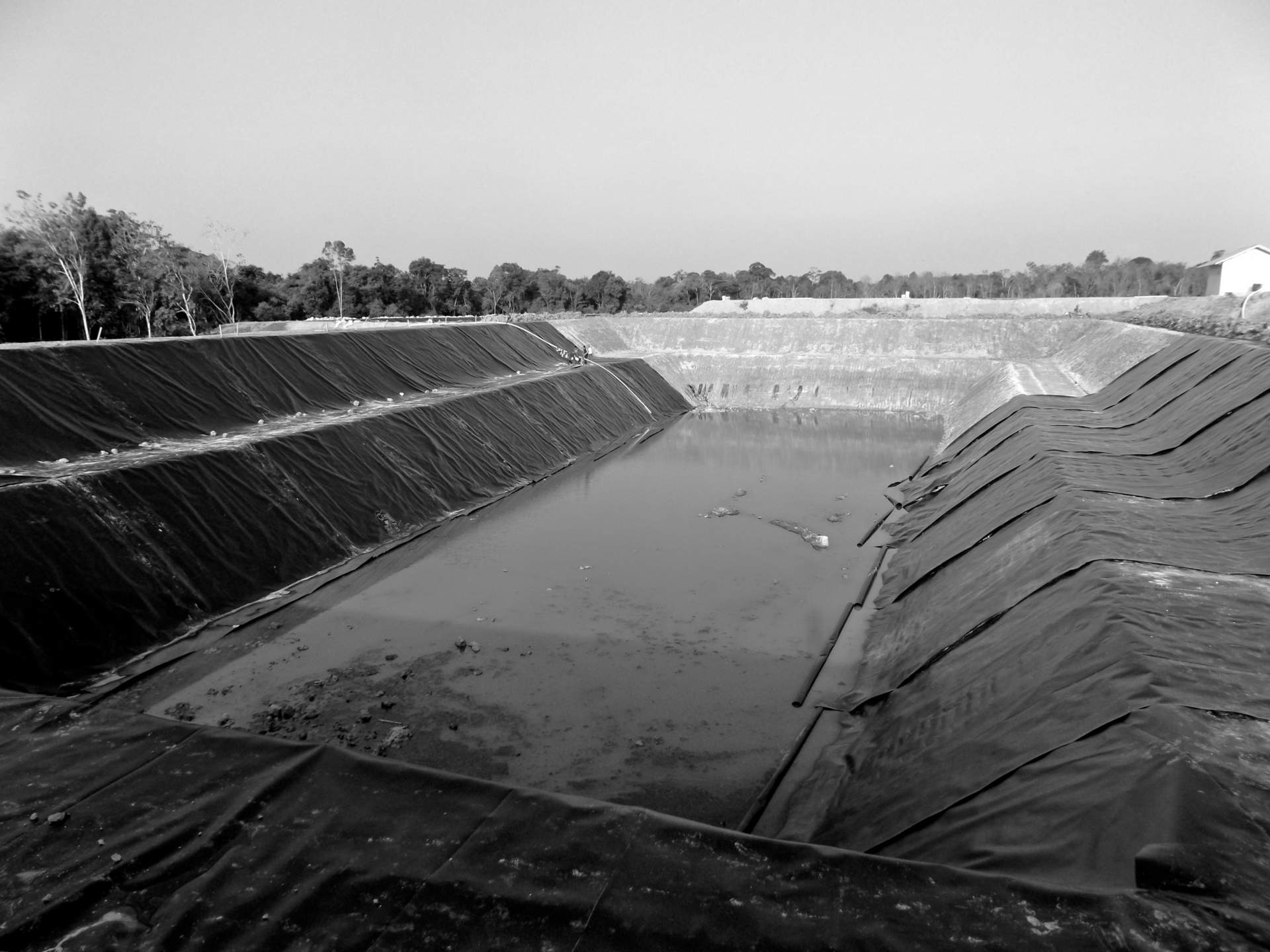Geotextile liners are permeable fabrics that can filter, separate, drain, reinforce, or protect the soil. They are usually made from high-quality material, like polypropylene or polyester, and they are used for many different applications, including the lining of canals, ditches, and ponds to prevent the primary liner from being punctured by rocks or other sharp objects. Proper installation is key to an effective installation that will last for a long time. Geotextile liners can last anywhere from two to more than 20 years, depending on the installation but must be buried to last that long. Here are useful tips on installing a geotextile liner:
- Make sure you have the right tools for it – Geotextile installation will be easier if you have the proper tools and follow the correct procedure to do it. Consult with the geotextile product provider about this. Leading providers offer the tools that can make it easier for you to install their products, too.
- Be sure to check the state regulations – Some states or localities may have regulations on the maximum depth, size, and type of geotextile liners you can install, and find out if you need any permits before you begin the installation.
- Prepare the area – Remove brush, trees, and weeds from the topmost layer of the soil, and get rid of the vegetation from any subgrades. Use a granular fill if you find any weak soil pockets. Make sure the subgrade is leveled and smooth and that all humps and depressions are removed.
- Make sure you have the right size – The fabric must be laid according to site recommendations and engineered plans. Make sure the geotextile liner will conform to the area it is being installed in.
- Overlap the adjacent rolls – But make sure to do this according to your site. If there are no instructions or when it doubt, overlap the geotextile liner at least 12 to 18 inches. The AASHTO has set general guidelines to help you determine when to overlap and sewn or welded on particular projects. For instance, if the soil CBR is greater than three, then the minimum overlap must be 0.3 to 0.45m, and if it is less than 0.5, then the geotextile liner must be sewn or welded. The minimum overlap for soil CBR that is 1-3 must be 0.6 to one.
- Use appropriate materials to secure the fabric – Consider soil, pins, and appropriate staples. The geotextile liner must be secured along the edges, and it must overlap at the portions.


